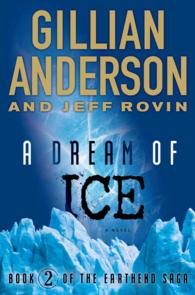- ホーム
- > 洋書
- > 英文書
- > Science / Mathematics
Full Description
This brilliant new text by John Straub (Boston University) is designed to bridge the "mathematics knowledge gap" between what is commonly known by students after completing a year of introductory calculus, and what is required for success in the physical sciences and in physical chemistry courses. Key concepts from the introductory calculus sequence are reviewed and carefully selected topics in multivariate calculus, probability and statistics, ordinary differential equations, and linear algebra are explored. Additional chapters cover advanced topics, including partial differential equations, Fourier analysis, and group theory. Engaging narratives, fully worked examples, hundreds of colourful visualizations, and ample end-of-chapter problems with complete answers combine to make this stunning new text an excellent choice for a one-semester course on mathematical methods, as a supplement for courses in physical chemistry, or as a self-study guide. Ancillaries for adopting faculty include in-class worksheets, sample exams, and an answer manual.
Key features:
Abundant end-of-chapter exercises, including three difficulty levels, with answers at the back of the book
Ample worked examples throughout, with clearly explained steps to guide problem solving
Reviews of all basic introductory calculus concepts before the introduction of new topics
Over 400 original color figures to help visualize problem solving and interpretation of results
Margin notes offering historical context and additional mathematical details
Key ancillaries including in-class worksheets, sample exams, and an answer guide for adopting instructors
Contents
Introduction
1 Functions and coordinate systems
2 Complex numbers and logarithms
3 Differentiation in one and many dimensions
4 Scalars, vectors, and vector algebra
5 Scalar and vector operators
6 Extremizing functions of many variables
7 Integration in one and many dimensions
8 Sequences, series, and expansions
9 Fundamentals of probability and statistics
10 Ordinary differential equations
11 More ordinary differential equations
12 Partial differential equations
13 Fourier series, Fourier transforms, and harmonic analysis
14 Matrices and matrix algebra
15 Eigenvalues and eigenvectors
16 Geometric transforms and molecular symmetry
Bibliography; Index; Colophon








